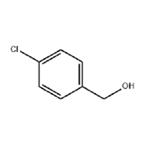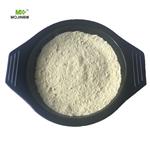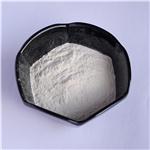Description
It is usually used as the intermediate in organic synthesis and pharmaceutical industry. Specifically, this chemical can react with o-xylene in the presence of HAuCl4 or AuCl3 at 80 ℃ to generate the corresponding benzylated product.
1 Moreover, the acetylation of 4-chlorobenzyl alcohol in presence of catalytic amounts of Ce(OTf)4 has been performed in acetic acid to produce the desired esters in the excellent yields.
2 In addition, this chemical may function as the raw material to produce its corresponding carboxylic acids and ketones in good yields through the oxidation reaction by using hydrogen peroxide and cobalt(Ⅱ) complex.
3 Besides, the formylation and acetylation of 4-chlorobenzyl alcohol may be carried out in the presence of Silphos [PCl3?n(SiO2)n] in ethyl formate and ethyl acetate.
4
Uses
4-Chlorobenzyl alcohol acts as a reagent for the protection of carboxyl groups as their 4-chlorobenzyl esters, more stable to acid than the corresponding benzyl esters. It is used as solvent in paint stripper and waterborne coatings. It acts as curing agent. It is also used in pharmaceuticals, cosmetics, preservatives, and flavoring & fragrance agents.




